Navigating the Instrument Rating Phase in Pilot Training: A Personal Account
Embarking on the Instrument Rating phase is a pivotal step in obtaining a comprehensive Commercial Pilot’s License with an Instrument Rating (CPLIR). Regardless of the flying school, the training required for this stage represents a significant advancement from previous experiences in the cockpit.
This blog post is a segment of our extensive guide on “How to Become a Commercial Pilot,” offering valuable insights into choosing the right flight school, exploring various training routes, acing assessment tests, and much more.
Overview of Instrument Rating Training: During the Instrument Rating phase of commercial pilot training, cadets are expected to take on greater responsibility for their learning. Each flying lesson demands thorough preparation, requiring cadets to build upon the skills developed in previous flight hours.
The training involves intensive study of airport charts, route planning, frequency notations, and various approach techniques to ensure precision in flying. Continuous assessment evaluates the accuracy of flying within strict operational limitations. While demanding, the schedule often allows for free weekends, facilitating a balance between personal life and revision for the upcoming week.
Duration of Instrument Rating Training: The timeframe for completing the pilot instrument rating typically spans two to four months, contingent upon existing flight hours and the course format. For those opting for the modular approach, it is advisable to complete this phase over a shorter period to maintain sharp flying skills and procedural knowledge.
Training Structure: Most flight schools commence the Instrument Rating phase in simulators. Simulators offer a controlled environment where cadets can focus on mastering new procedures without the added complexity of flying an actual aircraft. By this stage, cadets already possess a solid foundation in aircraft handling.
One notable advantage of the instrument rating phase is the opportunity for ground preparation through ‘armchair flying.’ This involves mentally rehearsing approaches, holds, departures, etc., from the comfort of home. Ground practice proves instrumental in honing skills and preparing for the Instrument Rating test.
Ground Preparation and the Importance of the Instrument Rating Test: The Instrument Rating test, although challenging, becomes manageable with dedicated effort and thorough preparation. Ground preparation, especially through ‘armchair flying,’ emerges as a crucial practice in ensuring success in the test. The completion of this test marks the attainment of a Commercial Pilot’s License with an Instrument Rating and the acquisition of a frozen Airline Transport Pilot License (ATPL).
In summary, the Instrument Rating phase represents a challenging yet achievable milestone in the journey towards becoming a commercial pilot. Personal commitment, rigorous preparation, and leveraging ground practice contribute significantly to success in this critical stage of pilot training.
























